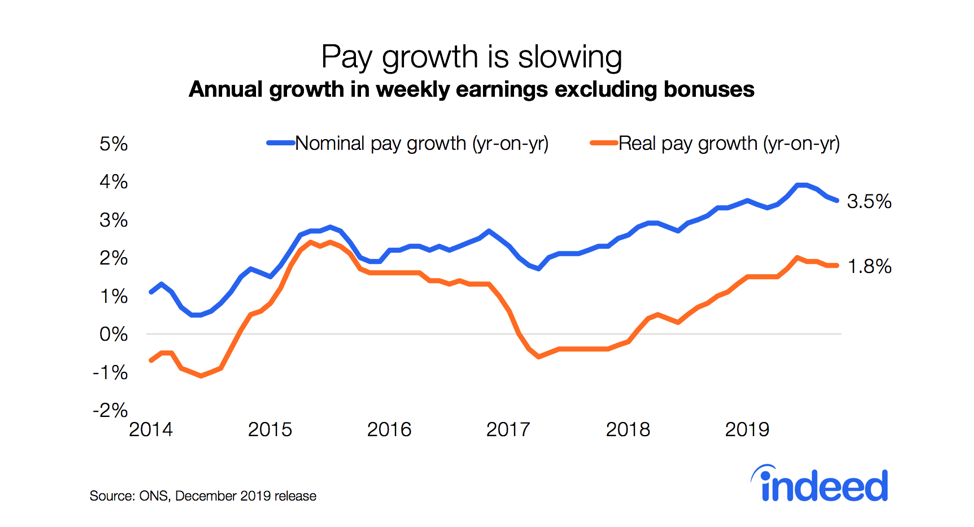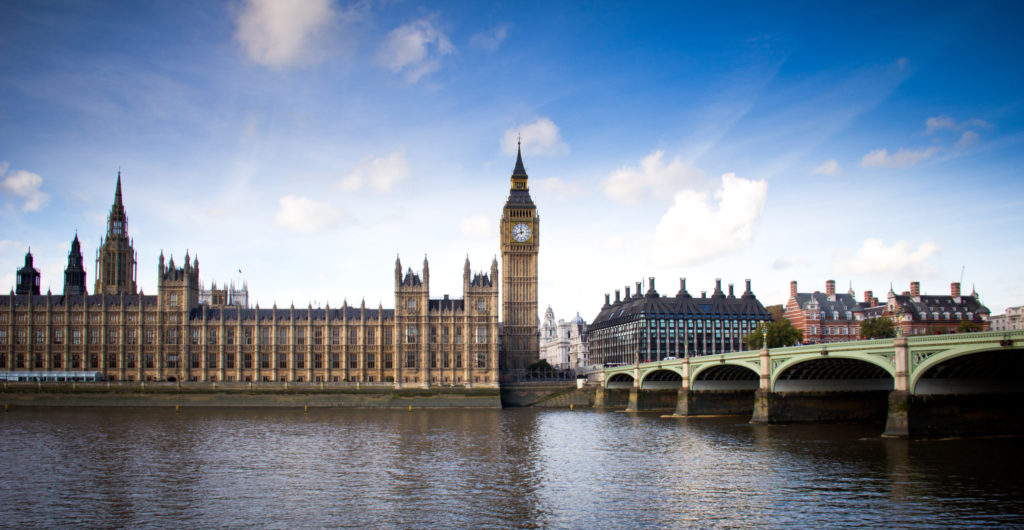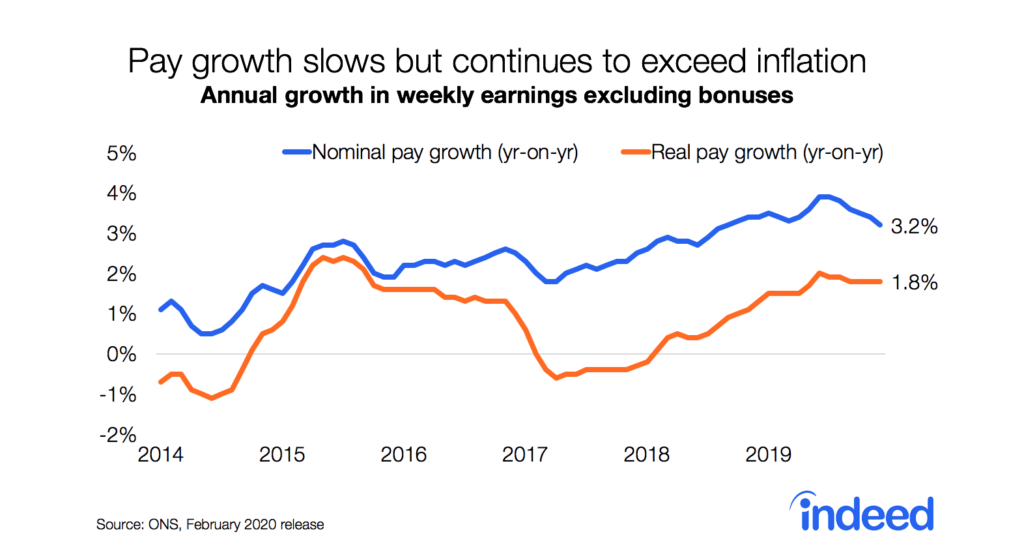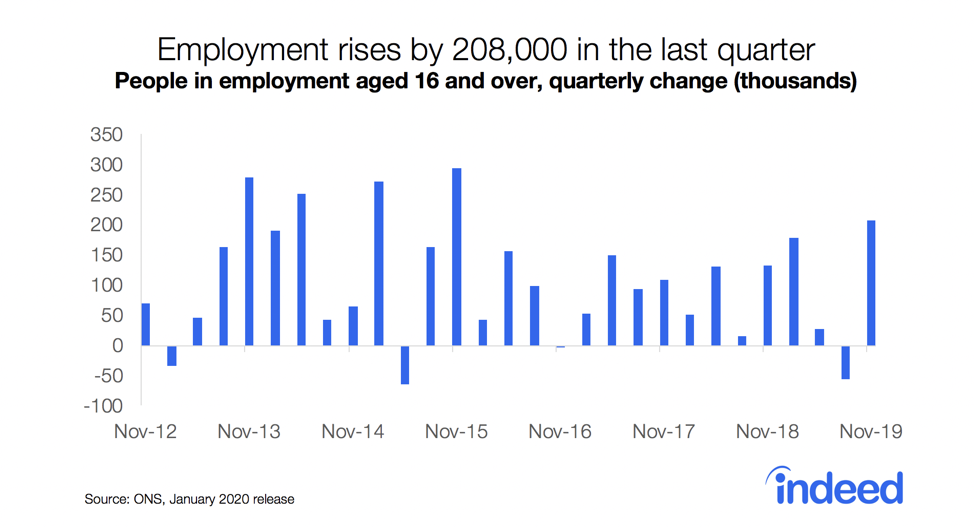In the week after everything changed at Westminster, Britain’s labour market has surprised yet again, presenting the new Government with a record employment rate. The latest ONS figures estimate that an unprecedented 76.2% of working-age adults were in employment in the three months to October.
But behind the apparently robust headline numbers, warning lights are beginning to glow. The total number of vacancies has fallen to 794,000 from its peak of 861,000 near the start of 2019. While this means that jobseekers still have lots of opportunities to find new roles, and the labour market remains tight, the gradual fall in demand from employers means Britain’s job creation boom is slowly running out of steam.
This is, perhaps, why the spurt of rapid wage growth seen earlier this year has faded. While average pay is still growing faster than inflation — continuing to boost people’s spending power in real terms — such a tight labour market would ordinarily force employers to ramp up wages in order to attract new hires. Yet, the data shows annual growth in average weekly earnings excluding bonuses drop to 3.5%.
The UK narrowly escaped a recession in 2019, and business confidence remains fragile, meaning many employers have put off hiring decisions. As the UK steps into its non-EU future, few expect a sudden jump in employers’ willingness to hire.






